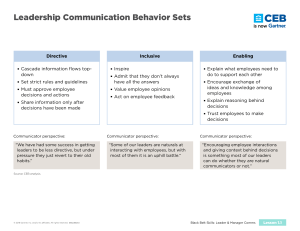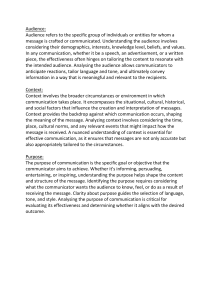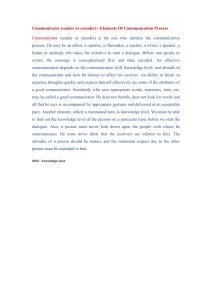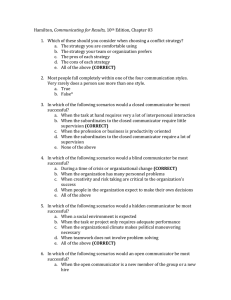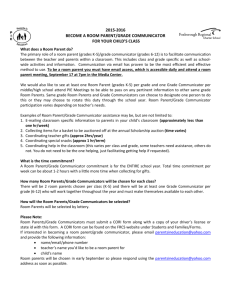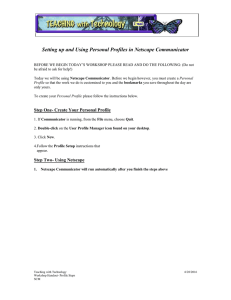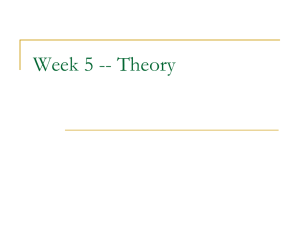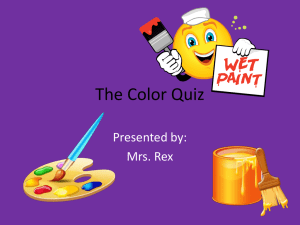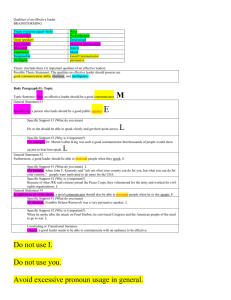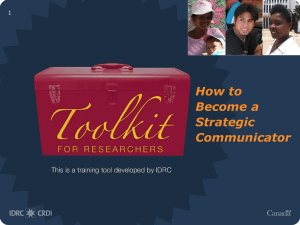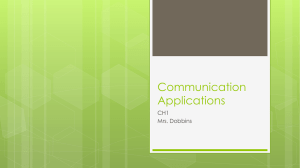2. Notes
advertisement
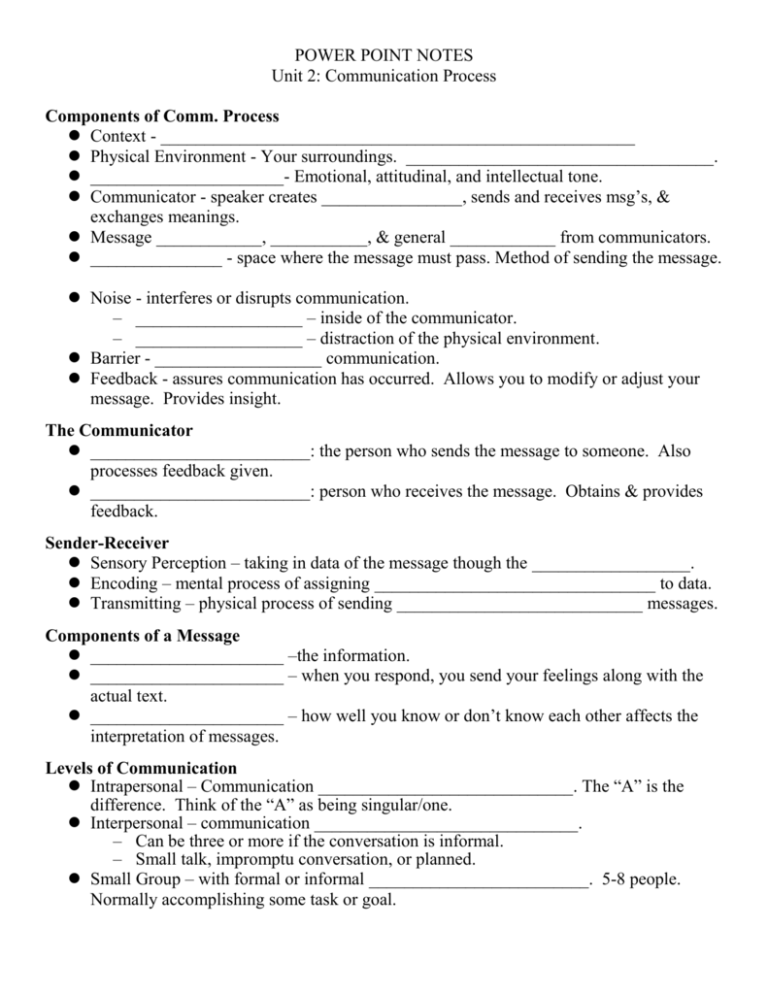
POWER POINT NOTES Unit 2: Communication Process Components of Comm. Process Context - ______________________________________________________ Physical Environment - Your surroundings. ___________________________________. ______________________- Emotional, attitudinal, and intellectual tone. Communicator - speaker creates ________________, sends and receives msg’s, & exchanges meanings. Message ____________, ___________, & general ____________ from communicators. _______________ - space where the message must pass. Method of sending the message. Noise - interferes or disrupts communication. – ___________________ – inside of the communicator. – ___________________ – distraction of the physical environment. Barrier - ___________________ communication. Feedback - assures communication has occurred. Allows you to modify or adjust your message. Provides insight. The Communicator _________________________: the person who sends the message to someone. Also processes feedback given. _________________________: person who receives the message. Obtains & provides feedback. Sender-Receiver Sensory Perception – taking in data of the message though the __________________. Encoding – mental process of assigning ________________________________ to data. Transmitting – physical process of sending ____________________________ messages. Components of a Message ______________________ –the information. ______________________ – when you respond, you send your feelings along with the actual text. ______________________ – how well you know or don’t know each other affects the interpretation of messages. Levels of Communication Intrapersonal – Communication _____________________________. The “A” is the difference. Think of the “A” as being singular/one. Interpersonal – communication ______________________________. – Can be three or more if the conversation is informal. – Small talk, impromptu conversation, or planned. Small Group – with formal or informal _________________________. 5-8 people. Normally accomplishing some task or goal. One to Group – involves a _____________________________________ who informs, persuades, or motivates an audience. It is the role of a leader & communicator. Mass Communication – the electronic or print transmission of messages to the _____________________________. – They try to reach as big of an audience as possible. Example types – internet, magazines, newspaper, television, billboards 5 Principles of Communication *Clear* ___________________ – you determine how you comm. ___________________ – Getting the lines of communication clear with understanding ___________________ – how you communicate (tone, rhythm, pitch), determines the setting (climate) ___________________ – must take ownership of comm. you produce ___________________ – determines the type of comm. you have within each context/ Characteristics of a Competent Communicator Ethical – general nature of morals, or societies codes of conduct. – __________________________________________________________________ __________________________________________________________________ Responsible – each communicator has their own responsibility towards communication choices & behavior. – __________________________________________________________________ __________________________________________________________________ Accessible – competent communicators value __________________________________ ____________________ ____________________ ____________________ ____________________ 9 components of communication _______________- Provide the space, between communication Climate- influences the emotional, attitude, and intellectual tone. Atmosphere. Communicator- makes meaning, sends and receives messages, and also exchanges meanings. Barrier-____________________ communication Feedback- Allows sender receiver info and ensures communication also unavoidable Noise- __________________ and/or disrupts communication may be internal or external between two people. Message- Conveys meaning, feeling and energy from sender receiver to __________________. Physical Environment- Influences the quality of interaction within the _______________________. Context- Provides the ____________________________________________________.
